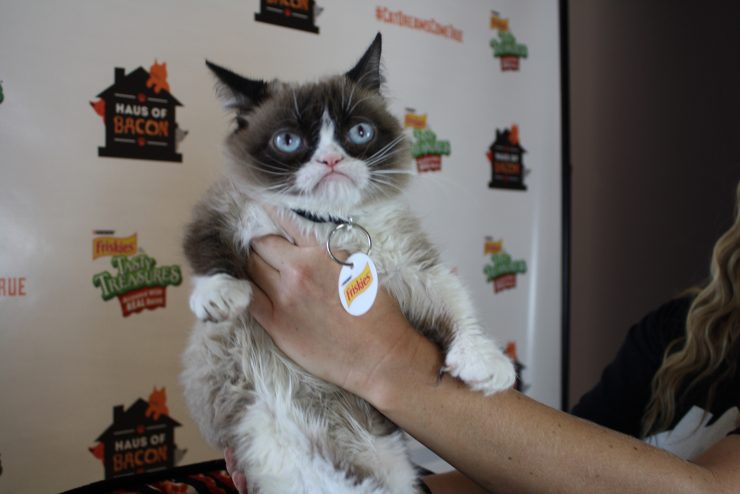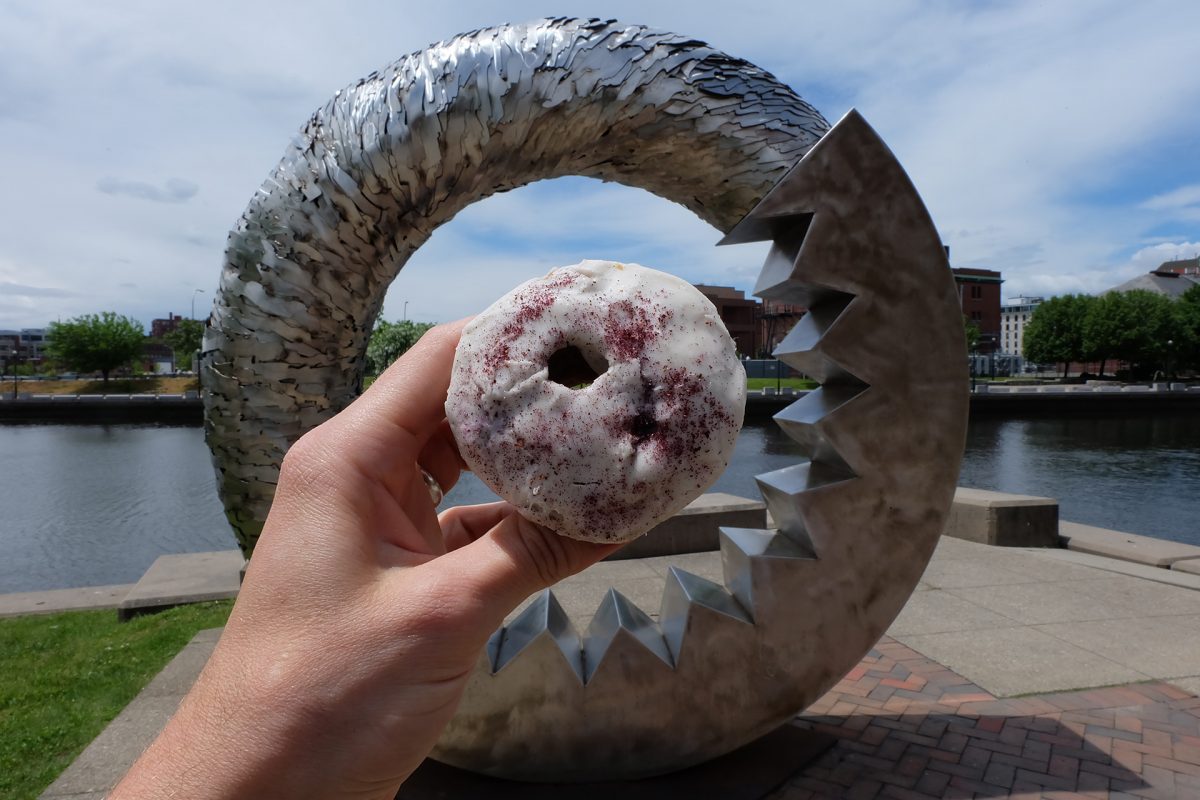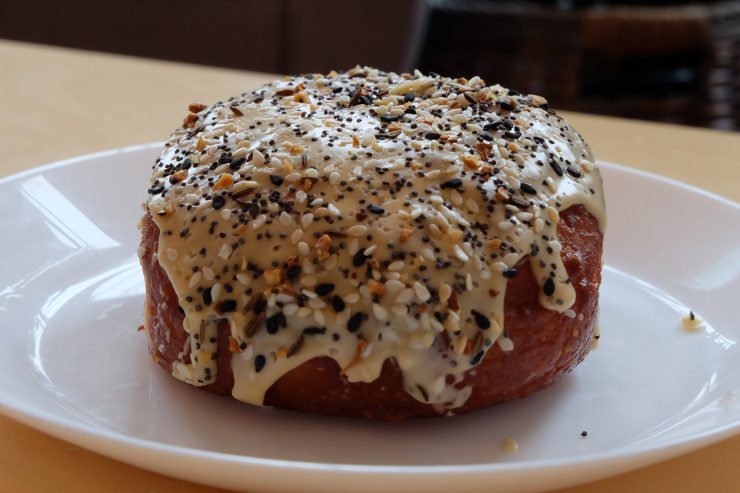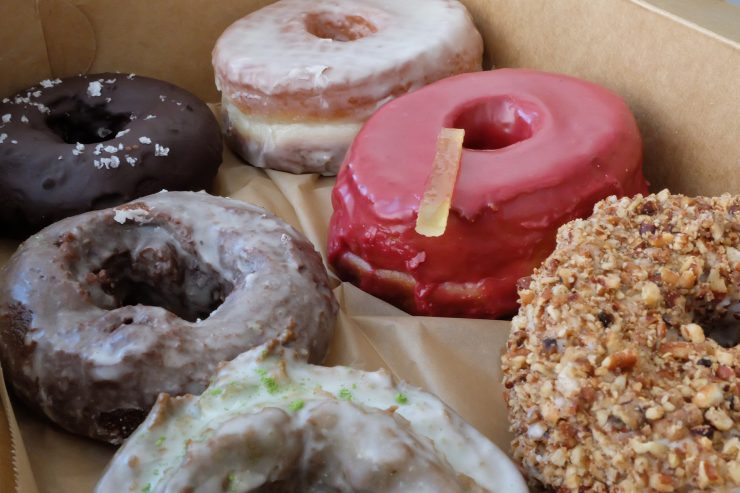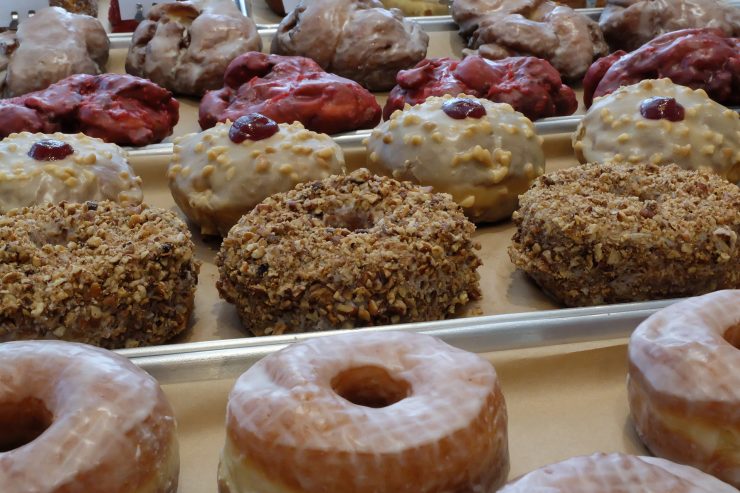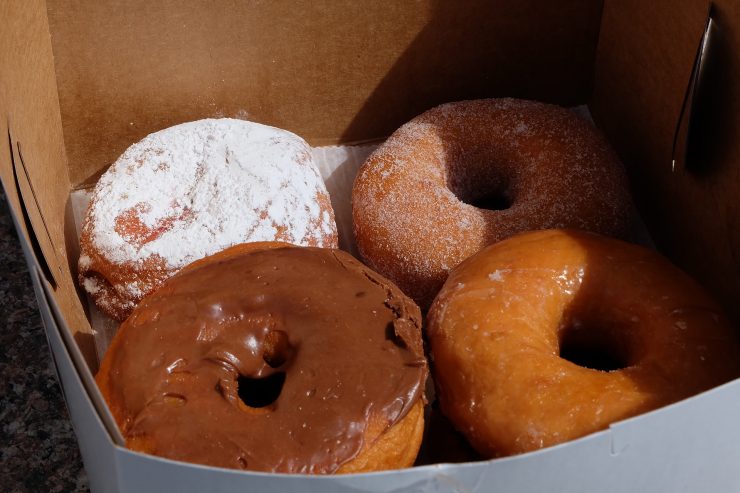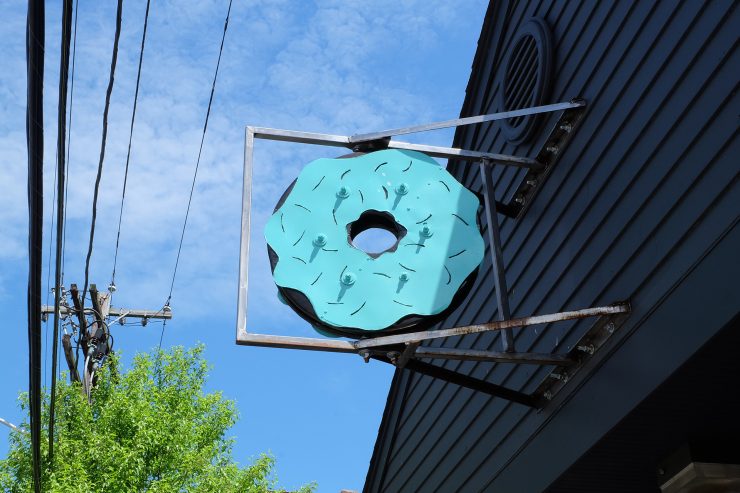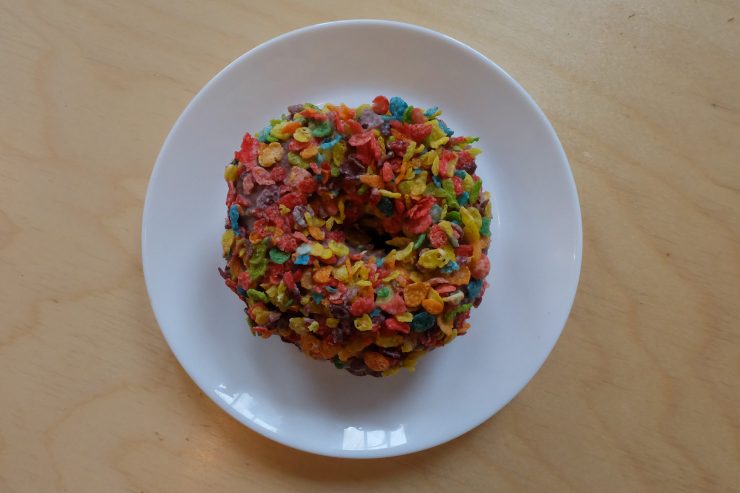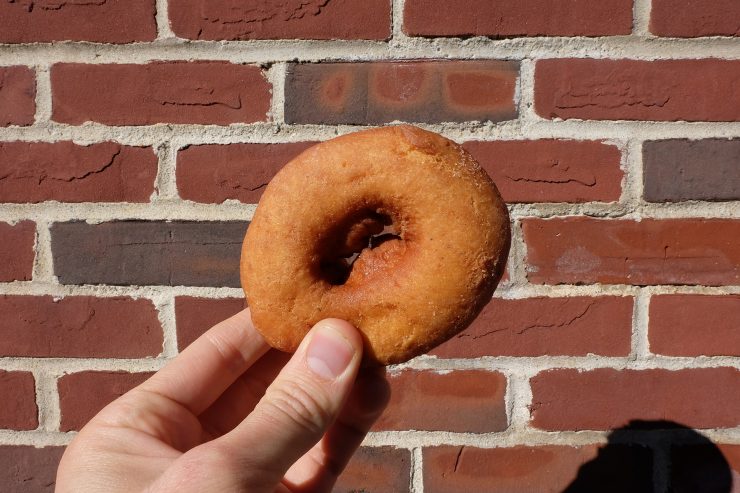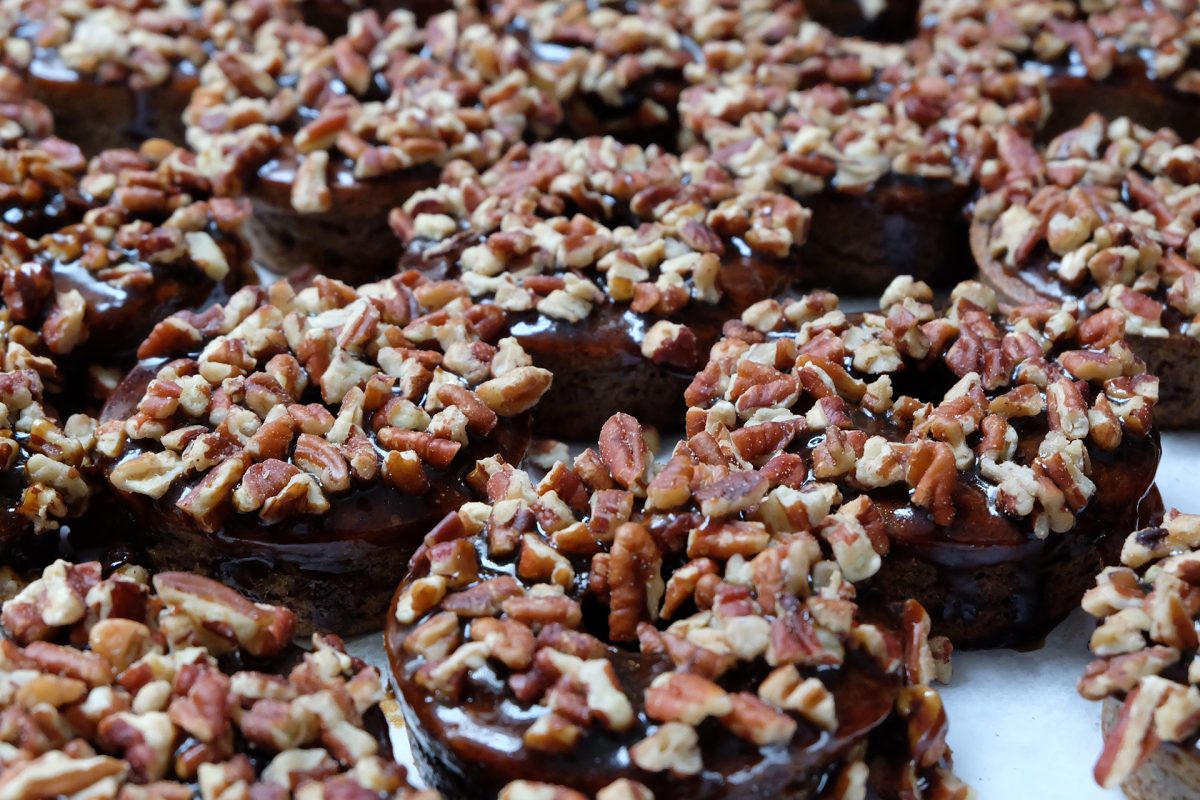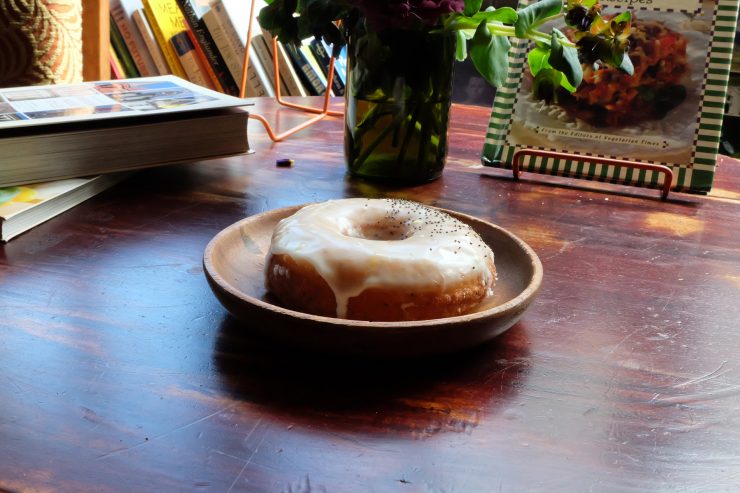Piensa en la Ciudad de Nueva York, y pensarás en café. Bueno, sí, probablemente también pienses en la Estatua de la Libertad y en el Empire State Building, pero definitivamente has de pensar en café.
Así que cuando Allegra Events organizó el segundo Festival anual de café de Nueva York, no fue sorpresa que este fuera un rotundo éxito. Muchos neoyorquinos asistieron al evento, y también personas de muy lejos vinieron para ser parte de esta exposición que duró dos días y medio. Los expositores exhibieron productos de Corea, Sudáfrica, Kenia, entre otros.
Una gran variedad de equipos para café, comida, música y arte, junto a unos 70 proveedores de café, estuvieron presentes en el evento, así como un laboratorio destinado para la realización de cursos/talleres y competencias de café. En todas partes, la gente tomaba café, miraba café, compraba café y, por supuesto, hablaba de café. Aquí están las siete conversaciones que tuvimos en este magnifico evento.
English Version: Specialty Coffee Pods? 7 Convos at New York Coffee Festival

1. Ciencia del Café
David Donde de Truth Coffee, Ciudad del Cabo
David Donde, propietario de Truth Coffee, es un visionario de Sudáfrica a quien se le atribuye llevar el flat White a la ciudad del Cabo. “¡es mi culpa!” dijo con gestos.
Pero no es esa la razón por la que David estuvo aquí. Se le ocurrió una serie de conceptos únicos, y estuvo presente como juez en las competiciones y como conferencista en el programa de laboratorio. Su tema fue la preinfusión en la preparación de inmersión. Alerta de spoiler: El café sabe mejor si lo preinfusionas con agua tibia durante cinco minutos antes de verter el agua caliente.
Su conferencia, que duró 30 minutos, incluyó una degustación de dos experimentos diferentes realizados por él y su equipo, fue muy emocionante. De hecho, cualquier conversación con él es entretenida. Está constantemente al borde de ofender a la gente, feliz de admitir que es anti orgánico y anti fairtrade, y lleno de un entusiasmo contagioso. Probablemente nunca haya conocido a un extraño y debo decir que su tostador funciona con aceite de cocina.
Veo a Truth Coffee convirtiéndose en un nombre familiar entre los aficionados al café de especialidad, si no es que ya lo es.
VER TAMBIÉN: ¿A Dónde va la Industria del Café? Información del WOC 2017
 David Donde de Truth Coffee comparte sus hallazgos sobre la preinfusión en el New York Coffee Festival.
David Donde de Truth Coffee comparte sus hallazgos sobre la preinfusión en el New York Coffee Festival.
2. Chocolates & Acompañamiento para el Café
Robert Dunn de Raaka Chocolate, Brooklyn, NY
Brian Beyke de Quills Coffee y I Brew my Own Coffee
Estamos viendo cómo el chocolate de especialidad se está sirviendo cada vez más en las tiendas de café, y así mismo, entendemos que los granos de café y del cacao crecen en regiones similares. Pero Robert Dunn, de Raaka Chocolate, mostró su lado técnico y explicó que hay aún más similitudes entre estos dos placeres. Además de la cafeína, el café y el chocolate, también tienen en común la teobromina, un compuesto químico que te hace sentir bien.
Además, Raaka Chocolate es parte de la tendencia de tratar al cacao como al café: en lugar de tostar los granos, fabrica barras de chocolate utilizando chocolate virgen. Es una práctica similar a la de los tostadores artesanales, que controlan los tiempos de tostado y las temperaturas con la finalidad de preservar los mejores sabores en los granos.
Brian Beyke, de Quills Coffee y coautor del podcast I Brew My Own Coffee, también ha estado explorando el rol del chocolate de especialidad y de origen único, tratando de ver como este encaja en la vida de un aficionado al café. Él ha estado probando su propio paladar para detectar los diferentes matices en el chocolate y, aunque admite que son características diferentes a las del café, cree que hay un mercado para que los dos coexistan.
De hecho, menciona que si bien, el café filtrado es más propenso a la influencia de los ricos chocolates, muchas barras de chocolate especiales pueden ponerse al par de un espresso e incluso resaltar sus notas.
¿Se convertirá la combinación del café y el chocolate, en un maridaje armonioso, como lo es la combinación entre el vino y el queso? Solo el tiempo lo dirá. Pero Brian estuvo feliz de dar fé de que el café balanceado de El Salvador, que él estaba bebiendo, se realzaba con un chocolate de Tanzania. Teniendo en cuenta la concordancia del mismo con las notas florales y de fruta del café. ¿Intrigado? Tal vez es buen momento para ir por una degustación de chocolate y café a una tienda cercana.
 Granos de cacao y el chocolate de degustación adornan la mesa Raaka Virgin Chocolate.
Granos de cacao y el chocolate de degustación adornan la mesa Raaka Virgin Chocolate.
3. Mezclas Chai
Brian Haas de Prana Chai, Portland, Oregon
Dona Chai, Brooklyn, New York
¿Por qué exhibir tés con especias en un festival de café? Porque además de que no a todas las personas les gusta el café, beber chai es como beber el otoño en una pequeña taza.
Aunque no es nada nuevo para nuestros amigos australianos, Prana Chai todavía se está abriendo camino en el resto de los continentes, haciendo esto con diligencia y con mucho orgullo. Su chai, “amigable con los baristas”, está hecho con especias enteras y es ligeramente cubierto con miel orgánica, listo para mezclarse con leche para un latte complejo. Brian Haas, MD de Prana Chai North America, presentó sus bebidas usando leche de almendra y soya. Explicó que los sabores de las especias y el té a veces se pueden perder a través del contenido de grasa de la leche de vaca, por lo que, para acentuar realmente el sabor, se utilizan productos alternativos a los lácteos.
Entre los vendedores de té chai, estaba Dona Chai, con sede en Brooklyn. A pesar de tener solo dos años, Dona Chai está disponible en más de 200 cafés, y todavía conserva el ambiente de negocio familiar. Se enorgullece de su “chai de Nueva York”, moliendo sus propias especias y trabajando con vainilla y miel de caña para crear una bebida para los sentidos.
 Mezcla de té fragante de Prana Chai en exhibición.
Mezcla de té fragante de Prana Chai en exhibición.
4. Cápsulas de café: La versión de la Especialidad
Ekobrew Coffee Pods
Puede parecer sorprendente que en el New York Coffee Festival hubiera un puesto para los propietarios de máquinas Keurig, y también que Perfect Daily Grind tenga un artículo al respecto. Pero lo que llamó mi atención fue el hecho de que la empresa matriz de Bonavita haya comprado recientemente Eko Coffee Pods.
Sabemos que el precio del café en cápsulas, es de un promedio de US $ 35 / libra, y que las cápsulas generalmente no son reciclables. Pero en la actualidad, Ekobrew ofrece una solución a ambos problemas, y a su vez te permite usar café de especialidad. ¿Usarías café recién molido, recién tostado, y de origen único en una cápsula reutilizable y reciclable, sabiendo que Keurig haría el resto del trabajo? Esta sin duda es una pregunta para reflexionar.
Si bien sabemos que los amantes de la tercera ola adoran los nuevos juguetes, por alguna razón, sería interesante ver hasta qué punto este producto podría ser adoptado en el futuro.
5. Chemex Personalizado
Eliza Grassy de Chemex, Chicopee Massachusetts
La cafetera Chemex Ottomatic sin duda mantiene a la multitud cerca, pero lo que realmente nos atrae de ella son sus nuevas opciones de personalización. El Chemex fue inventado en Brooklyn, y la empresa familiar celebra su aniversario número setenta y cinco este año. El Chemex ahora se puede obtener con grabado de vidrio, grabado láser en el collar y las cuentas y con las bandas de cuero de diferentes colores.
Echa un vistazo a mi video en Periscope grabado durante el festival, que incluye tanto las jarras Ottomatic como las personalizadas.
 El nuevo Chemex tiene varias opciones diferentes para personalizarlo.
El nuevo Chemex tiene varias opciones diferentes para personalizarlo.
6. Conversaciones Club del Café
Arnold Byun de NYU Coffee Club, Universidad de Nueva York
Como alumno de la Universidad de California, en Davis, este escritor de Perfect Daily Grind ha seguido con una gran emoción las noticias sobre la colaboración entre UC Davis y “Peet’s Coffee” para la expansión del programa de café de este último. También disfruté percatarme del hecho, que las personas que preparaban el café, en forma manual, en los Chemex más pequeños durante el evento, eran voluntarios del Coffee Club de la Universidad de Nueva York.
El club es patrocinado por Chemex (entre otros) y fue una gran oportunidad para que de esta manera los estudiantes formarán parte del New York Coffee Festival.
El fundador del club, Arnold Byun, explica que la misión del Coffee Club es destacar el espíritu emprendedor de sus integrantes aumentando su conocimiento, sobre el café de especialidad, a través de catas y cursos en los distintas tiendas de café dentro de la ciudad.
Dado que la cultura del café va de la mano con la vida estudiantil, es bueno ver que la educación y la pasión por el café sean fomentadas por las universidades. Y desde que conocí a la gente de NYU Coffee Club, me he encontrado ya con varios clubes universitarios de café. Solo me gustaría saber por qué esto no se miraba antes, como por ejemplo, en el tiempo en que yo aún era un estudiante universitario.
7. Productos de Belleza
Mark Guerino de 2nd Ground, Brooklyn, Nueva York
La reutilización de la molienda sobrante, al colar el café, ha ido creciendo popularmente. Esta tiene funcionalidades que van desde su uso como compostaje hasta servir como un desodorante ambiental. Y también estamos empezando a utilizarla para fabricar productos de belleza.
Mark Guerino, del punk 2nd Ground, la recicla y la convierte en jabón exfoliante y velas aromatizantes. En el jabón, las partículas se concentran en un solo lado, es decir, que un lado de la barra es ideal para exfoliar suavemente y el otro lo es para enjabonar. El nivel de pensamiento que últimamente se le ha puesto a esto, indica cuán serio estamos tomando en cuenta la idea de fabricar productos de belleza ecológicos a base de café.
 Borra de café reciclada y convertida en jabón, 2nd Ground.
Borra de café reciclada y convertida en jabón, 2nd Ground.
Había docenas de vendedores, y todos destacaban una amplia gama de cosas: cold brews, accesorios de café, información acerca de las diferentes regiones de café, sustentabilidad ambiental y mucho más. El arte del café junto con la música en vivo mantuvieron a todos emocionados y creativos, y finalmente, llegaría la emoción de los cursos y las competencias de café.
Si hay algo que es cierto, es que los festivales de café son un gran lugar para ver las tendencias de la industria y participar en las innovadoras conversaciones que la conforman. ¿Qué pensaste sobre el festival del año pasado? No dejes de enviarnos tus comentarios y dejárnoslo saber.
VER TAMBIÉN: ¿A Dónde va la Industria del Café? Información del WOC 2017
Escrito por D. Kilbride. Crédito de la fotos: D. Kilbride.
Perfect Daily Grind y editado por Ricardo Gallopp R.
¿Quieres Seguir Leyendo Artículos Como Este? ¡Suscríbete Aquí!
from RSSMix.com Mix ID 8200593 https://www.perfectdailygrind.com/2018/01/pods-de-especialidad-7-conversaciones-del-festival-de-cafe-en-nueva-york/
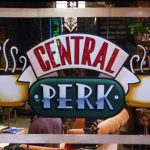
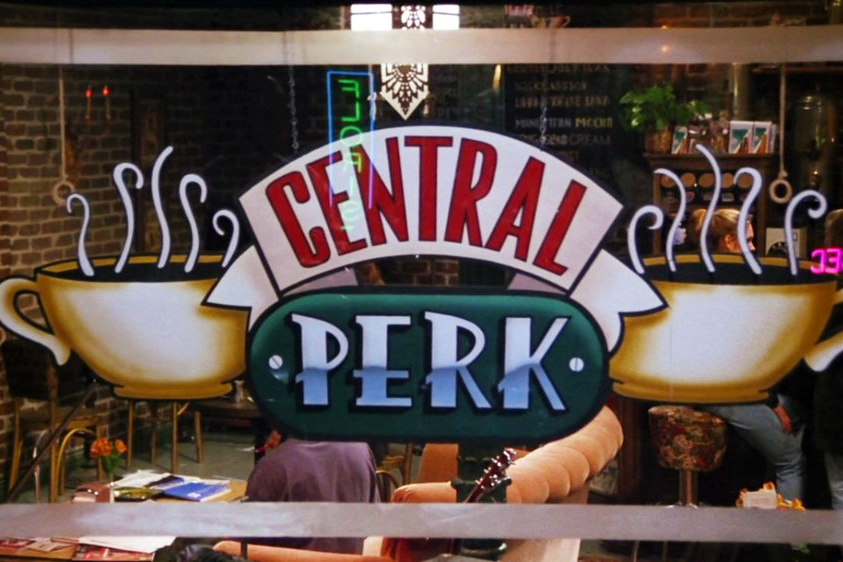
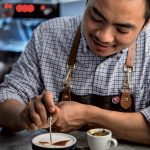
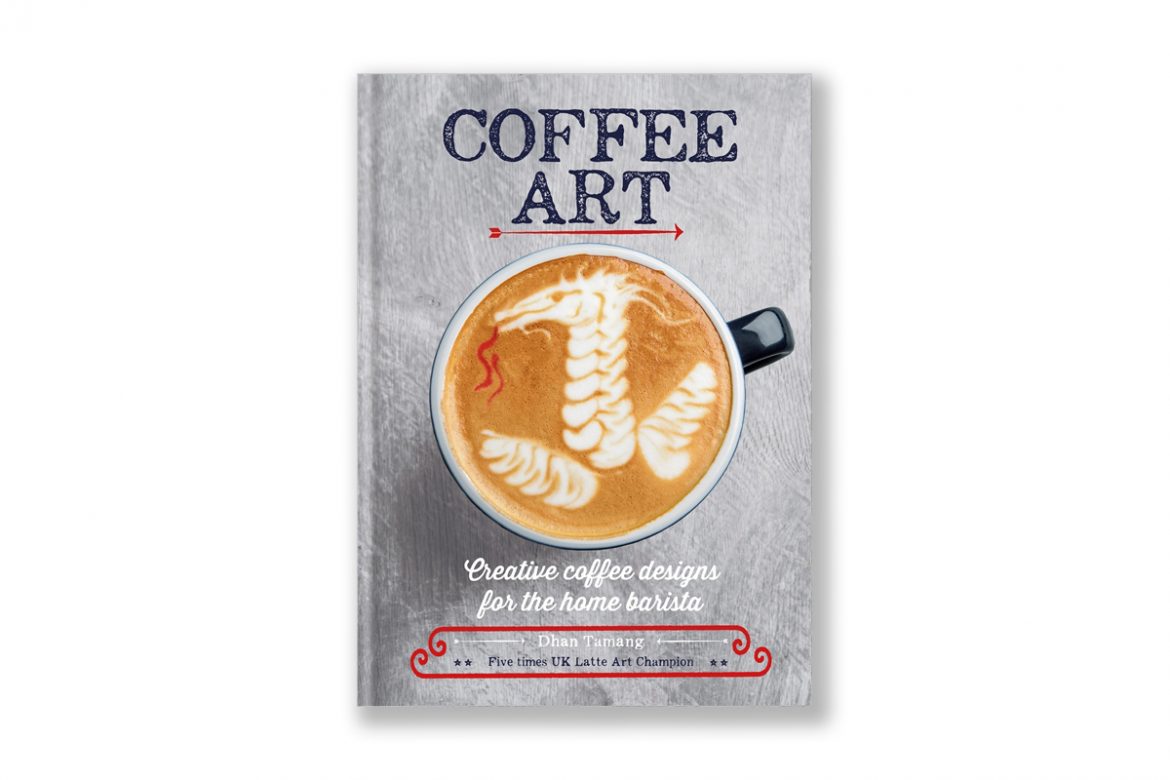
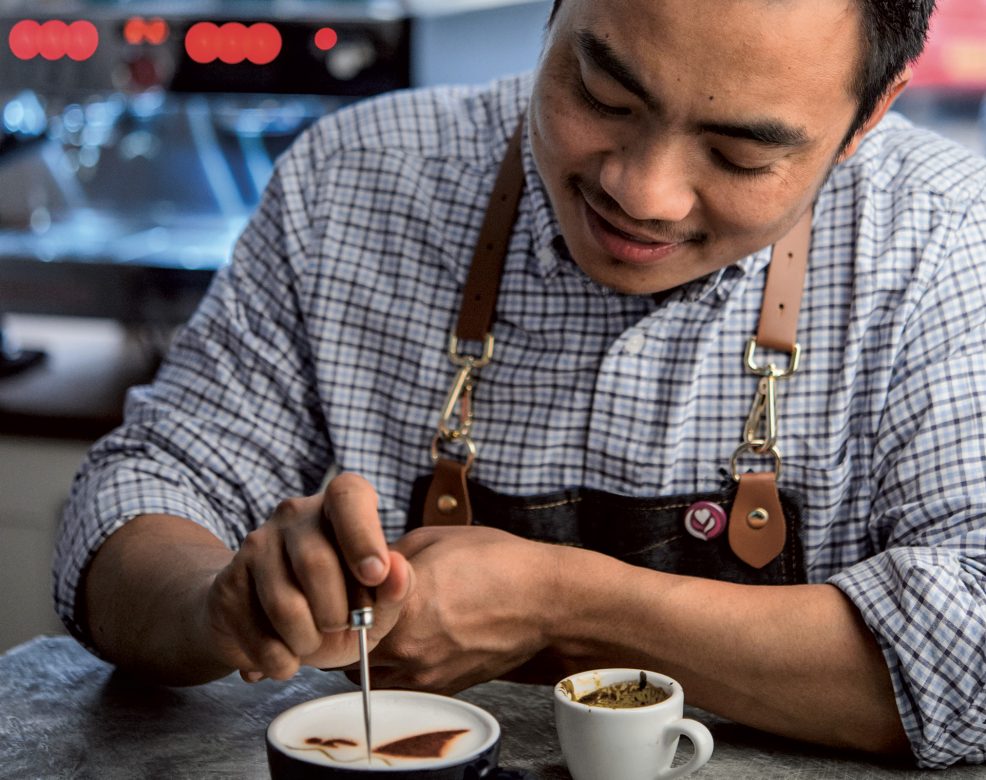
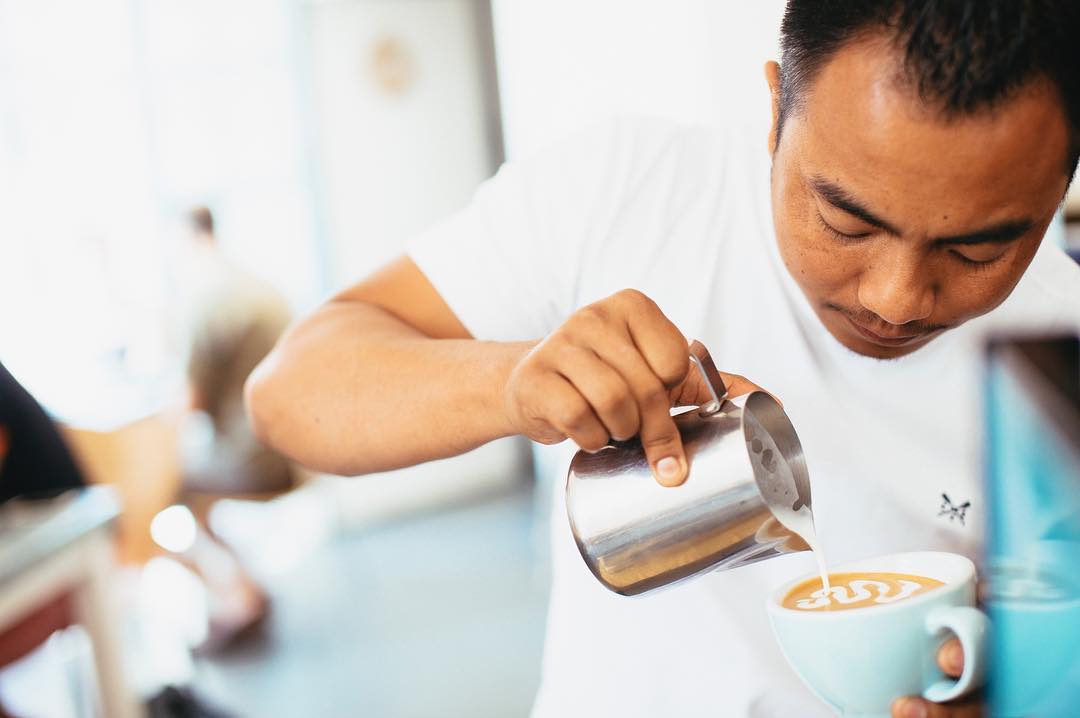
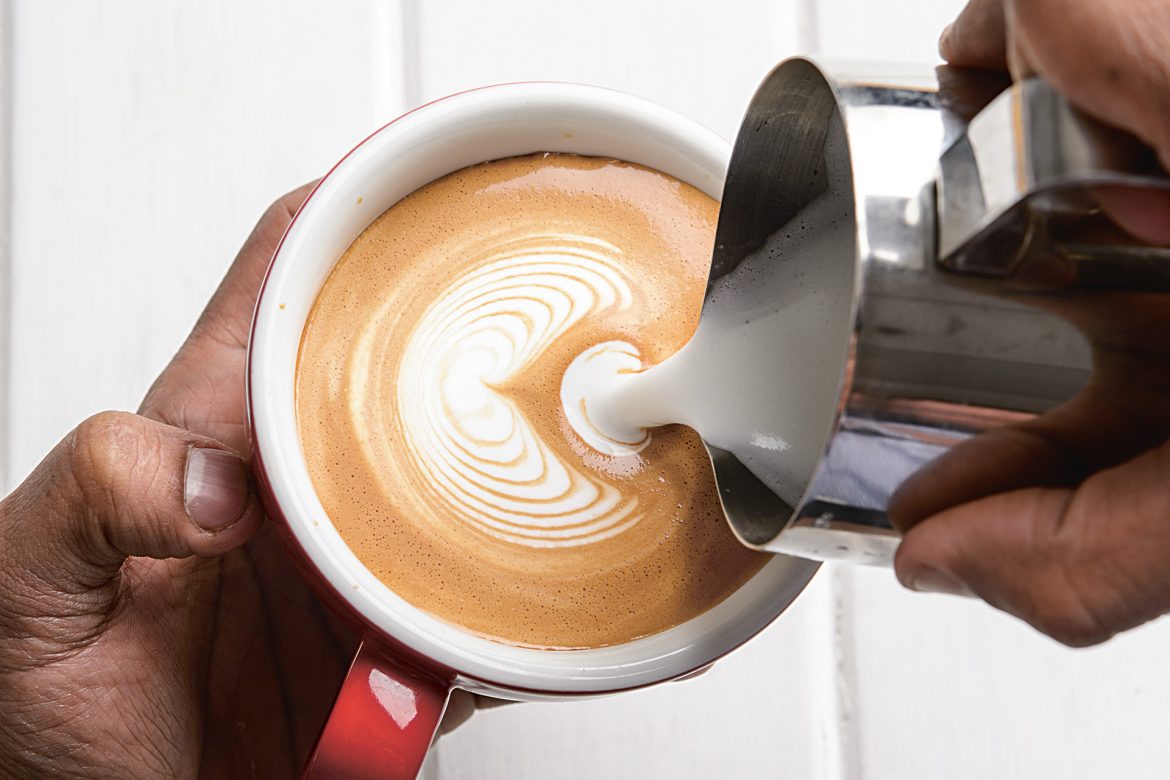
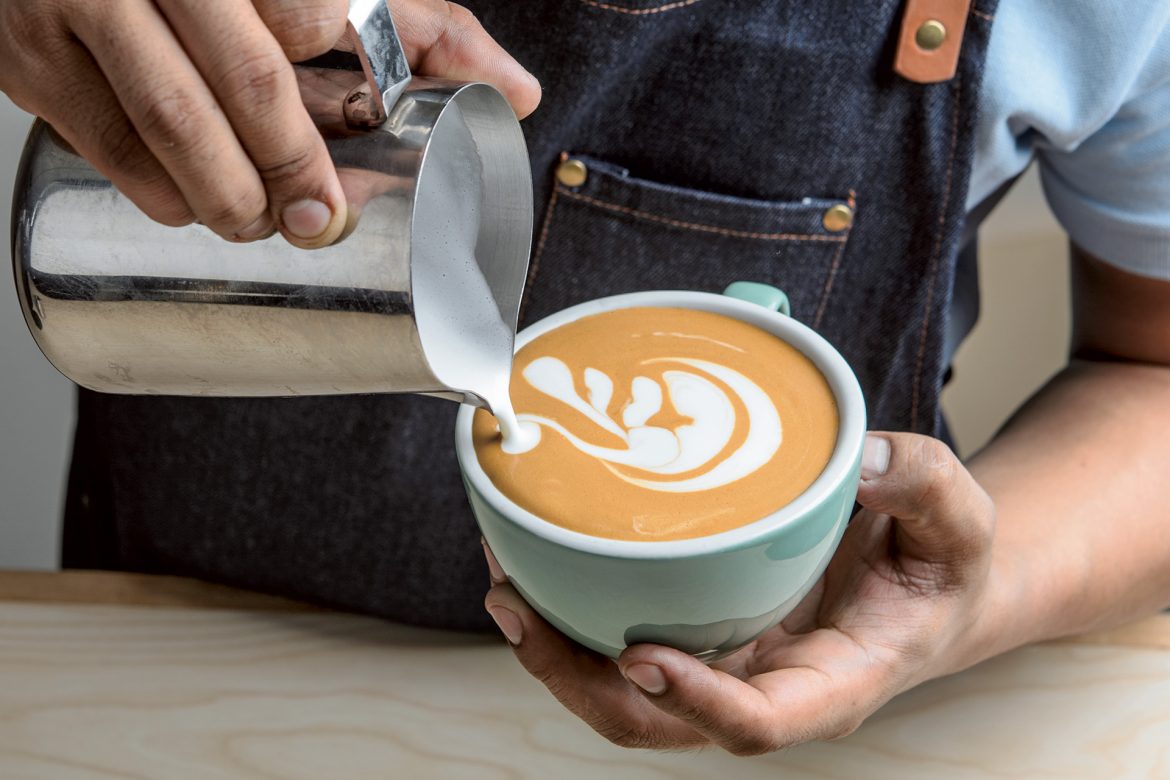
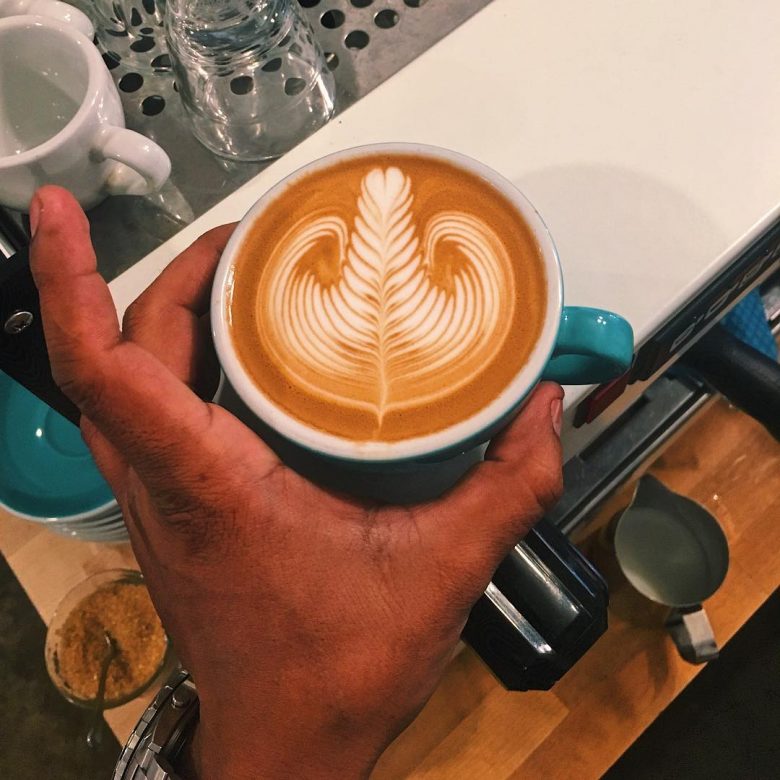
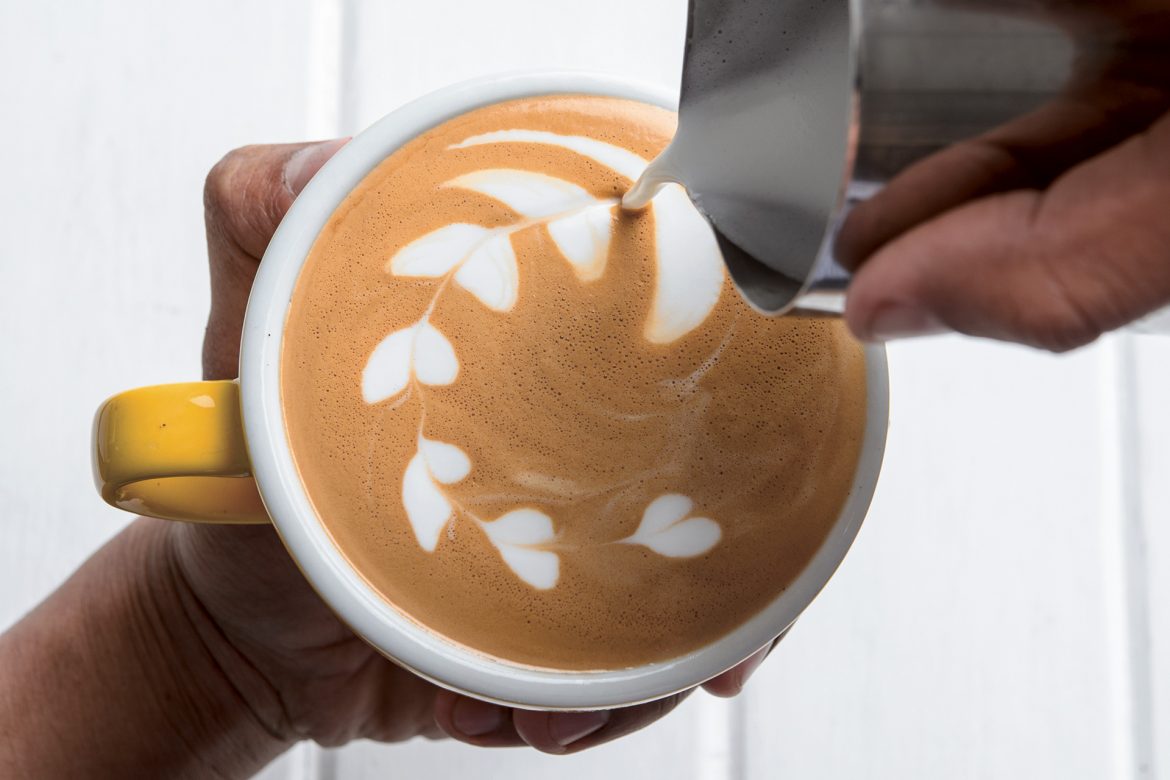

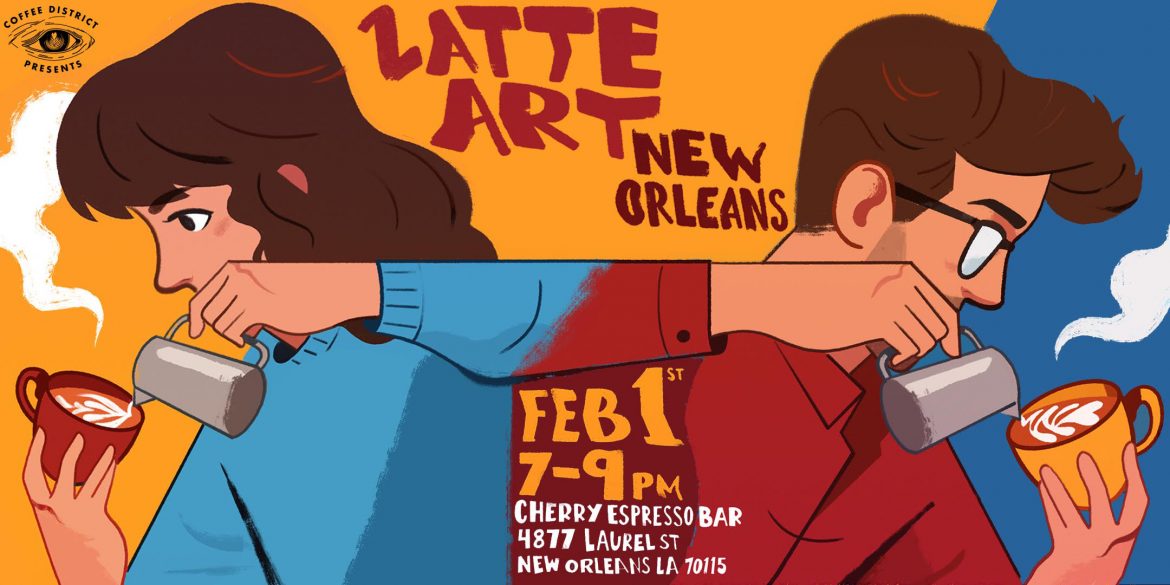
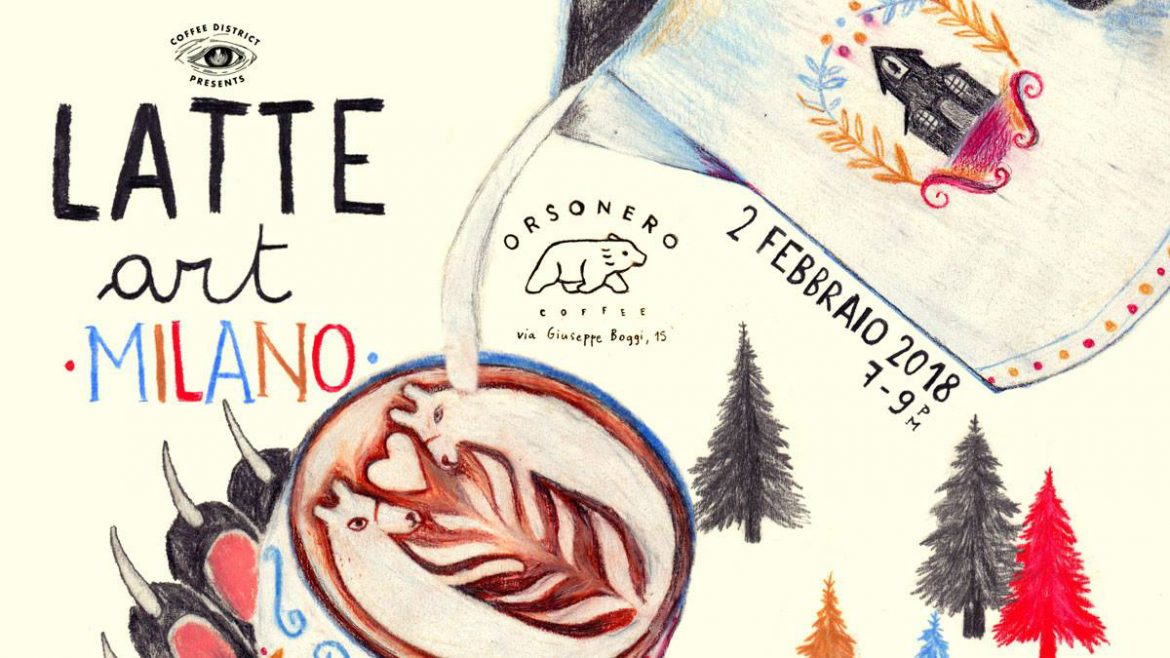

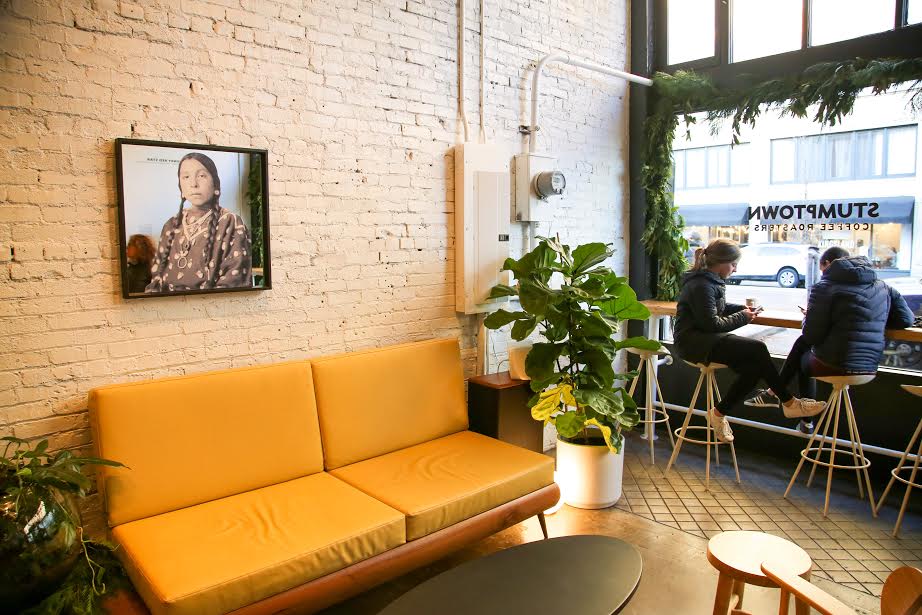

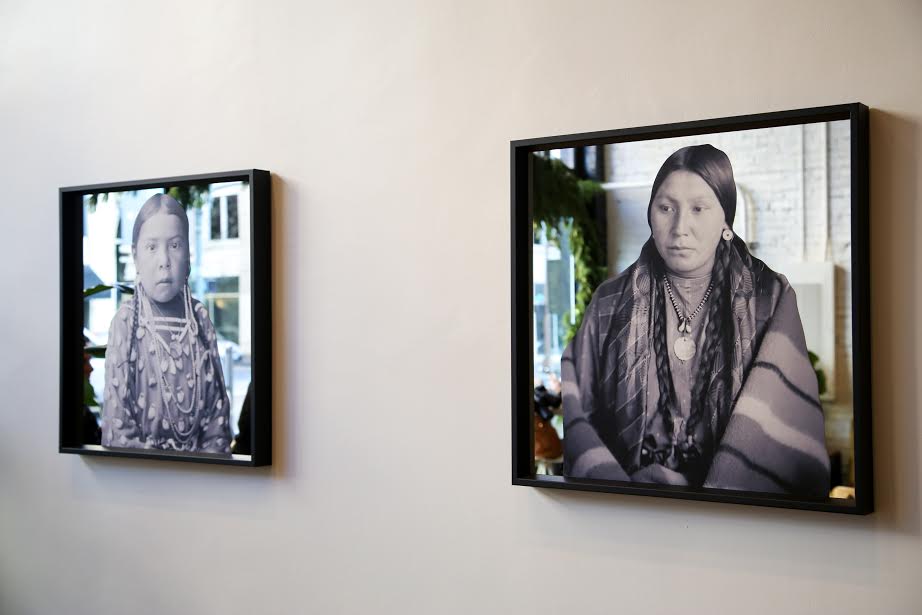
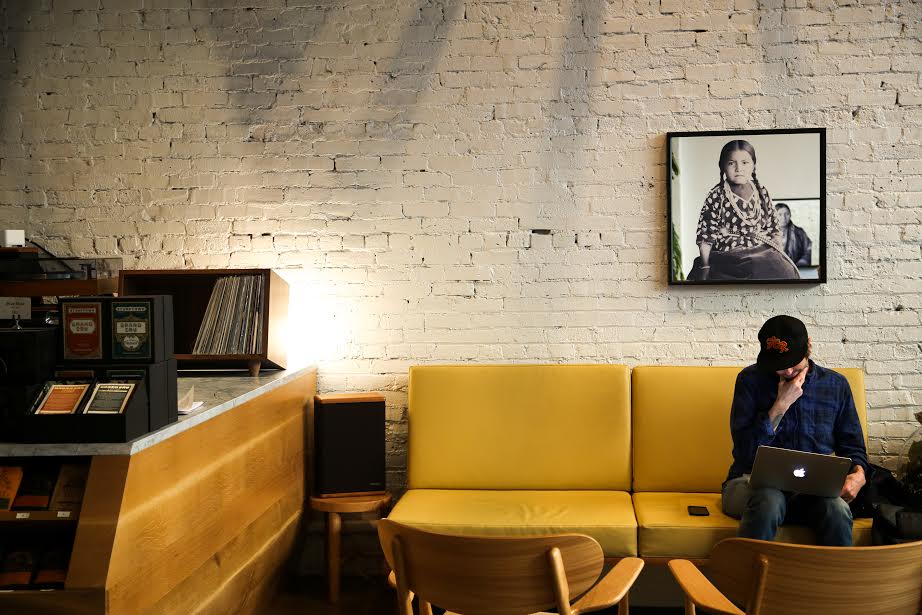
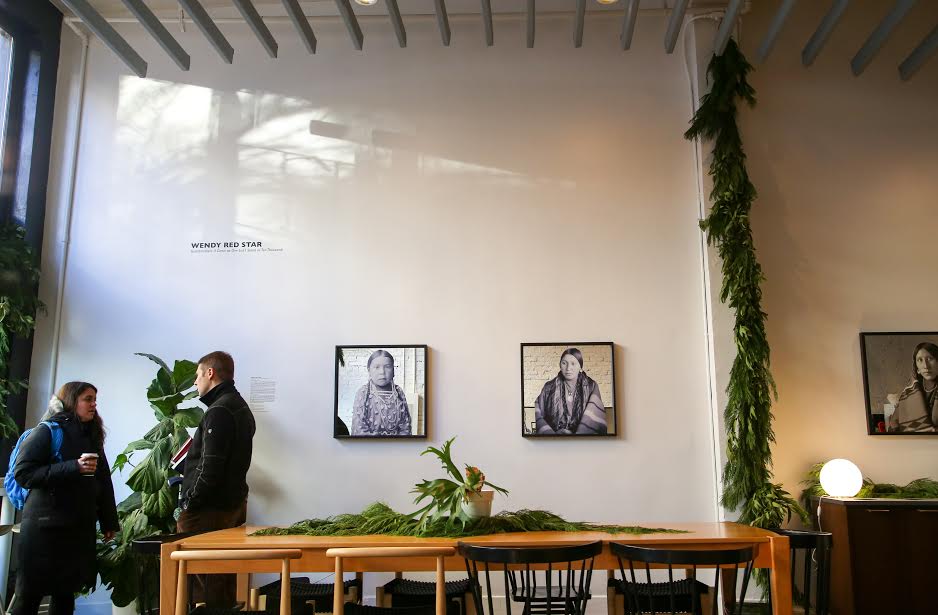
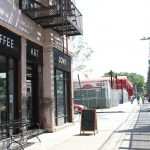
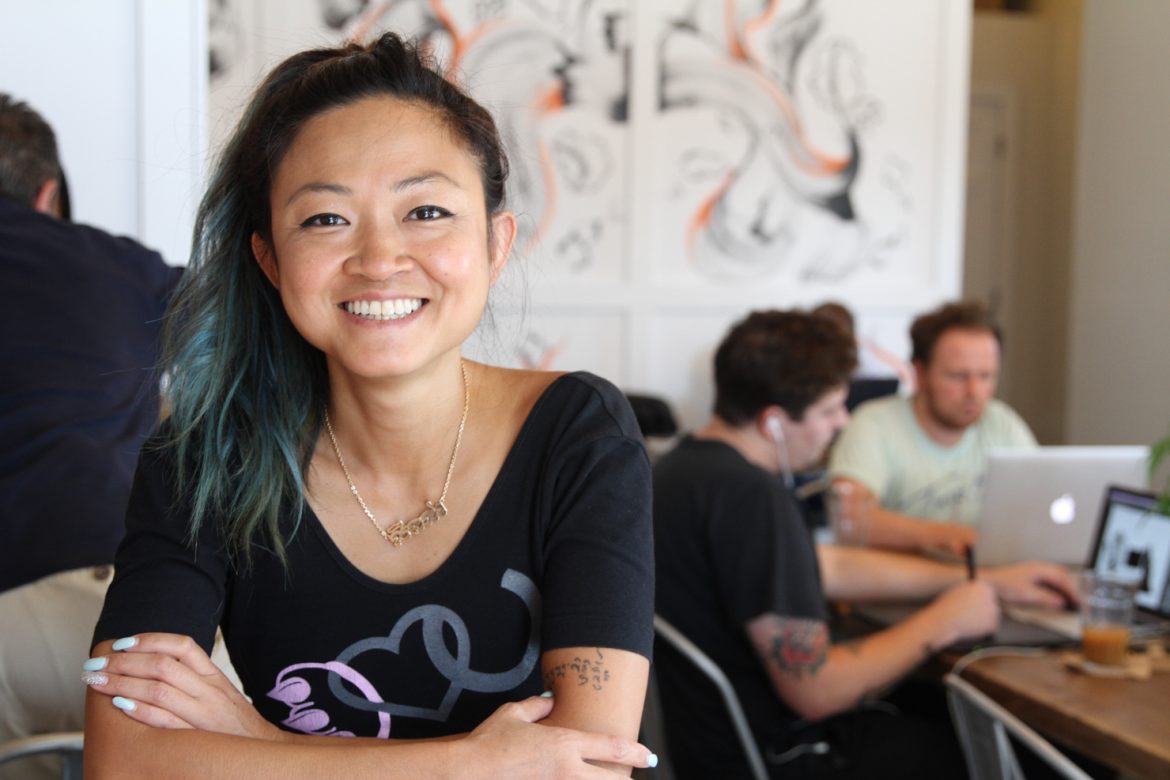
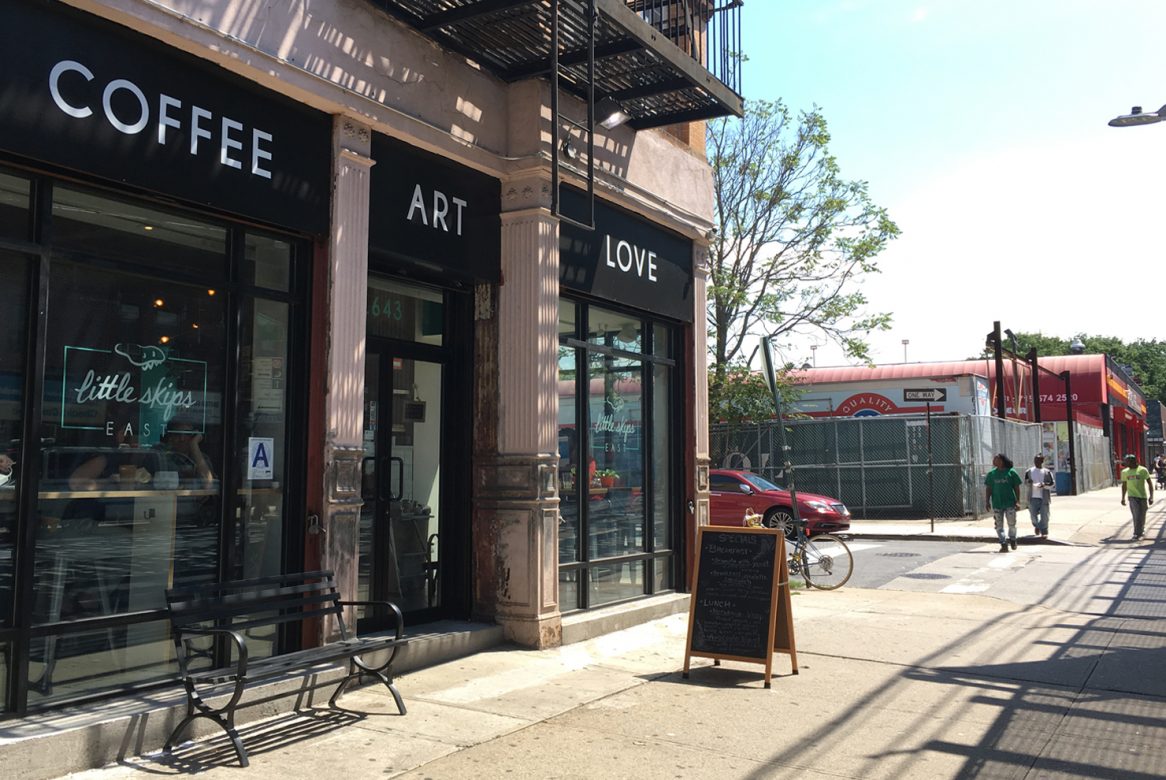
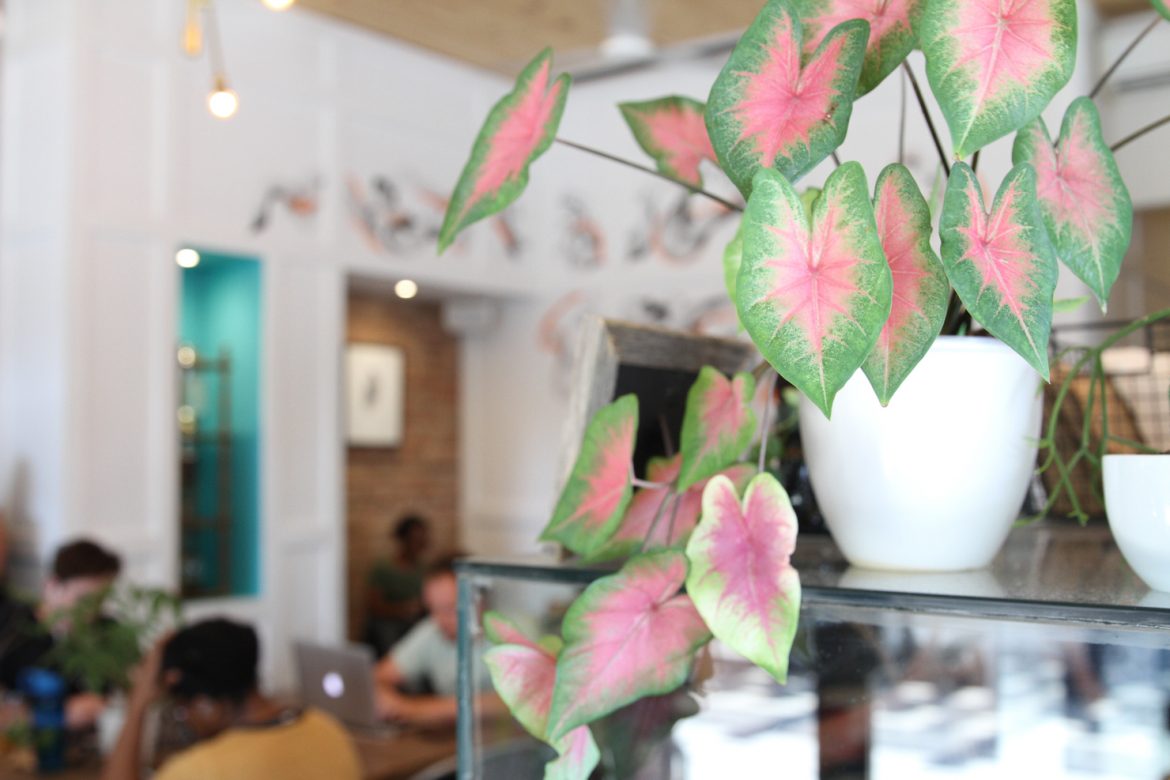
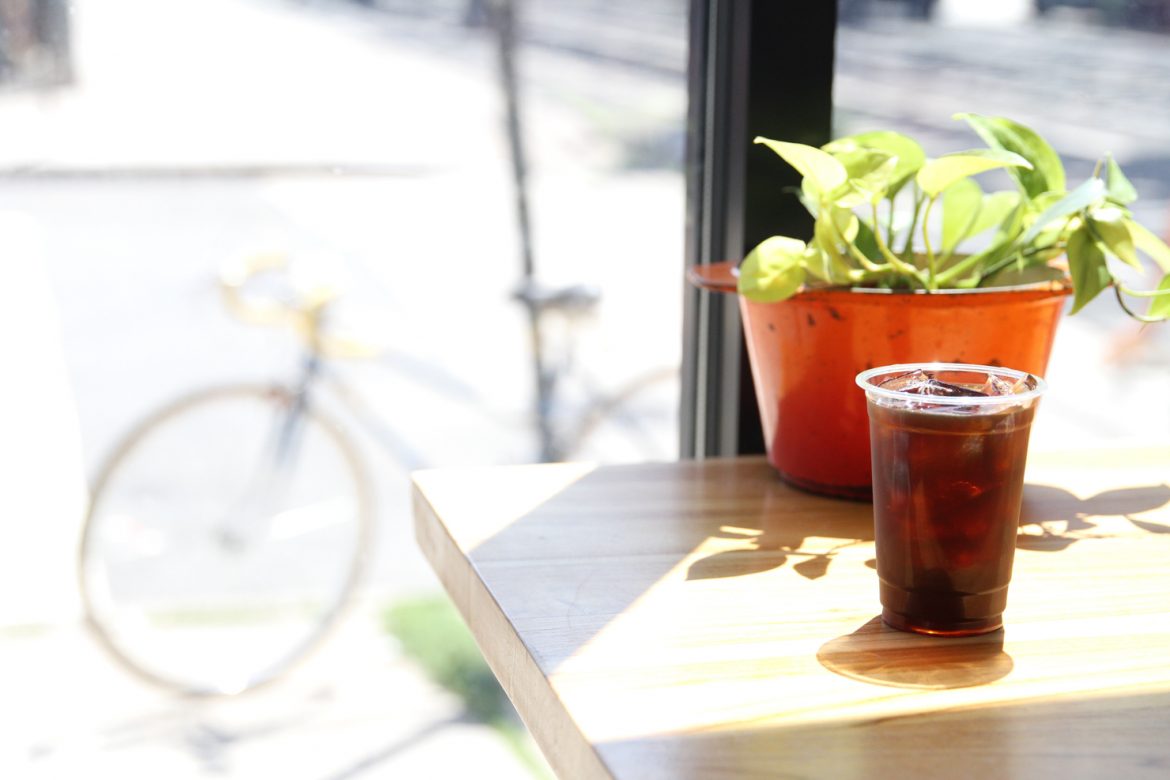
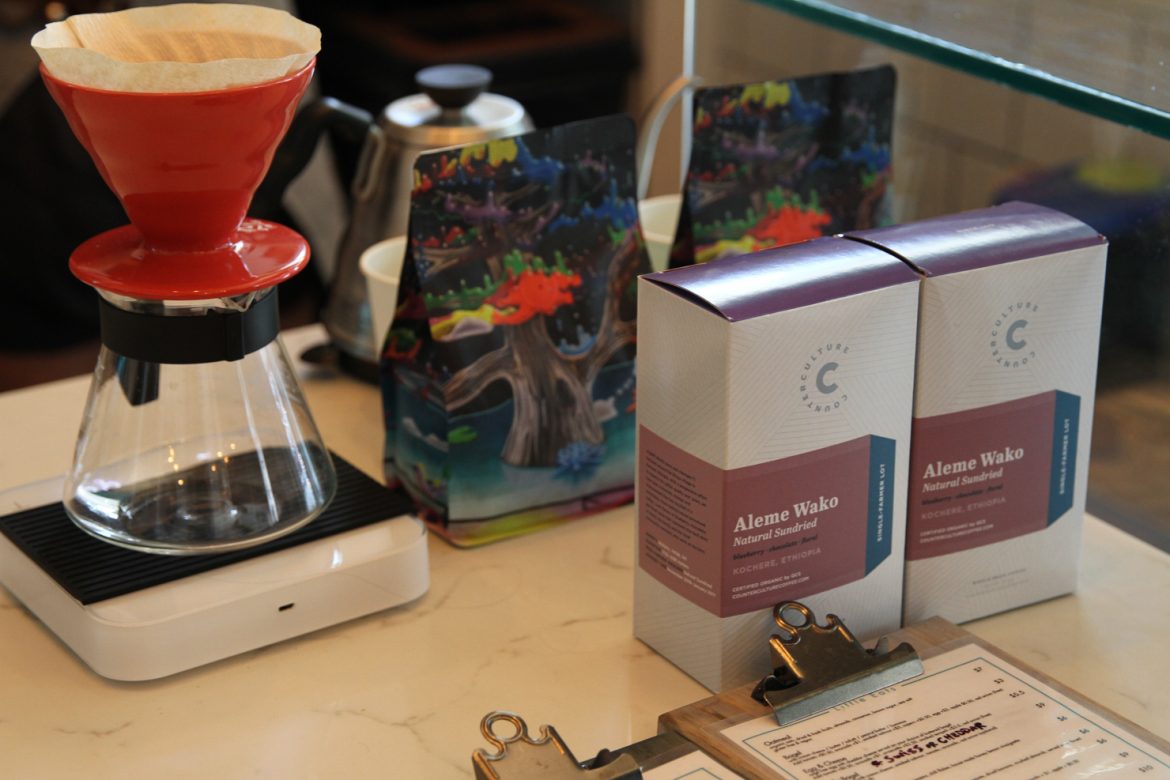
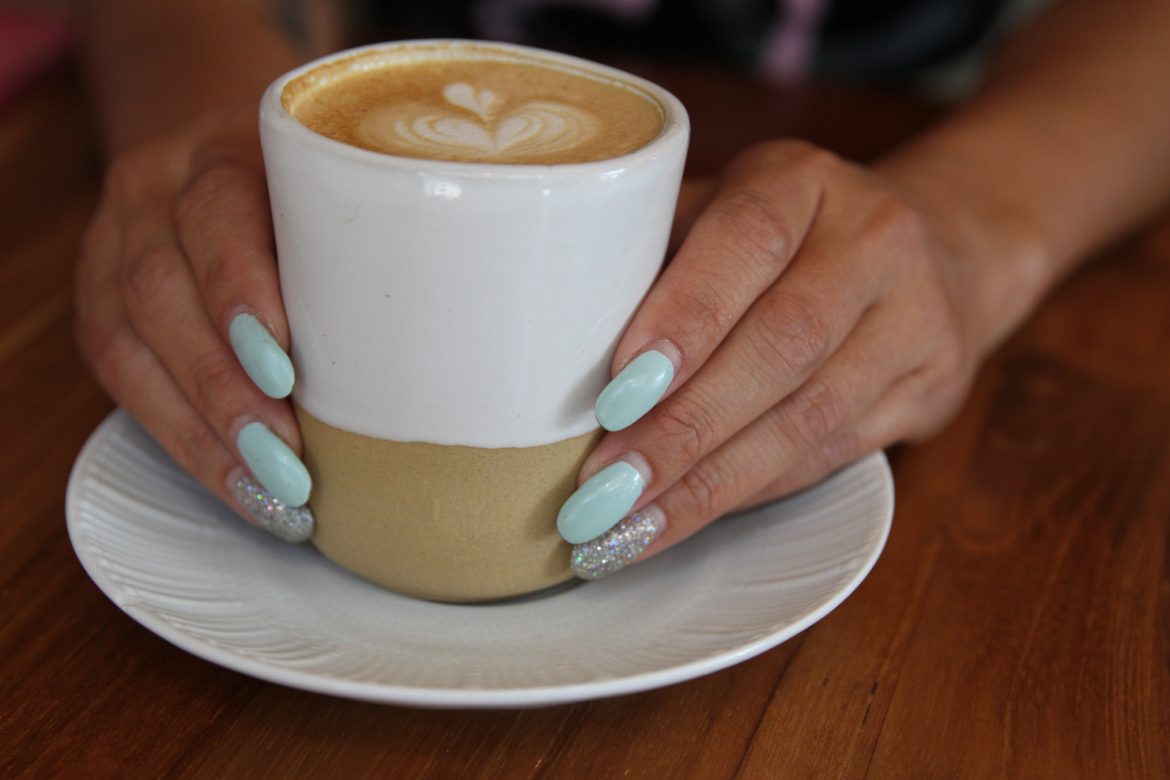
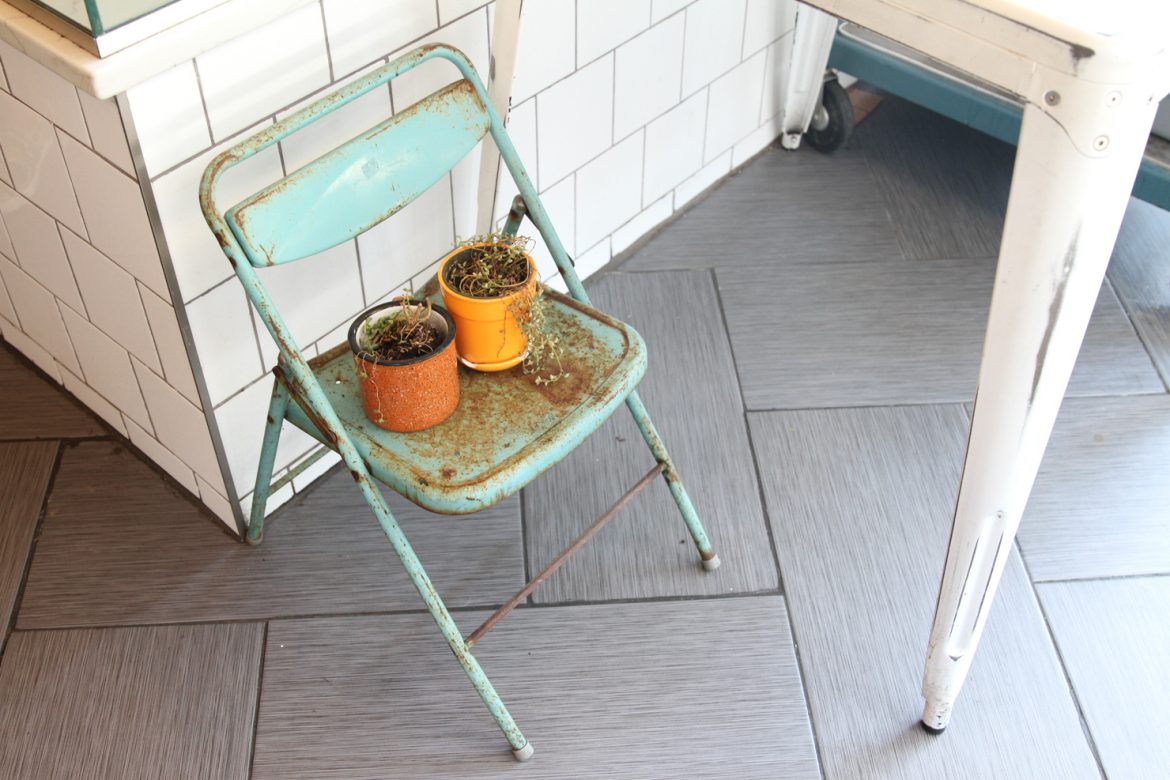


 Granos de cacao y el chocolate de degustación adornan la mesa Raaka Virgin Chocolate.
Granos de cacao y el chocolate de degustación adornan la mesa Raaka Virgin Chocolate.









